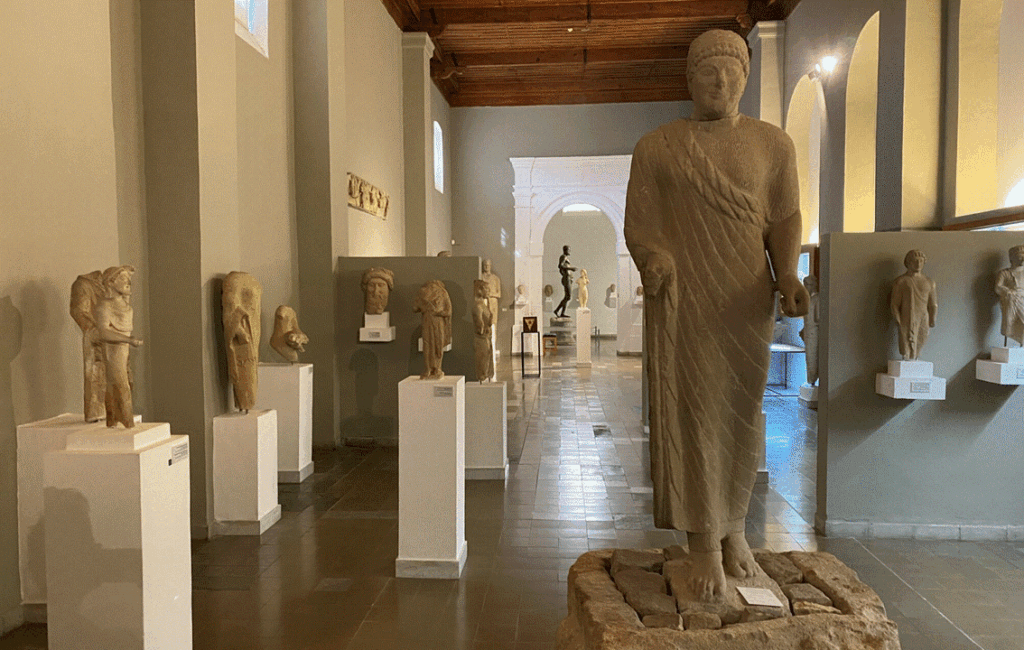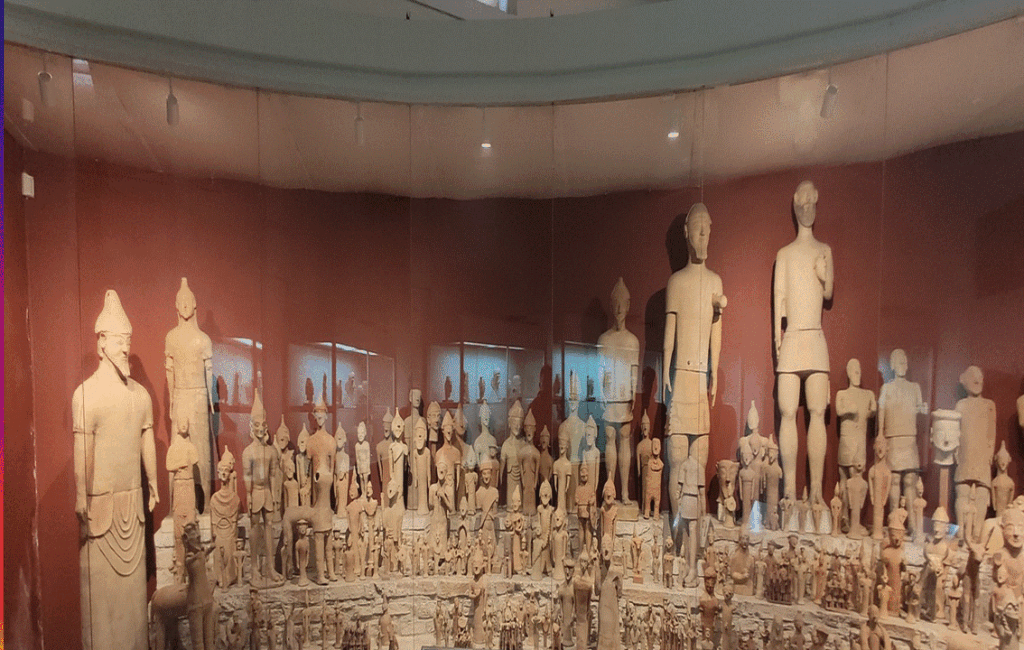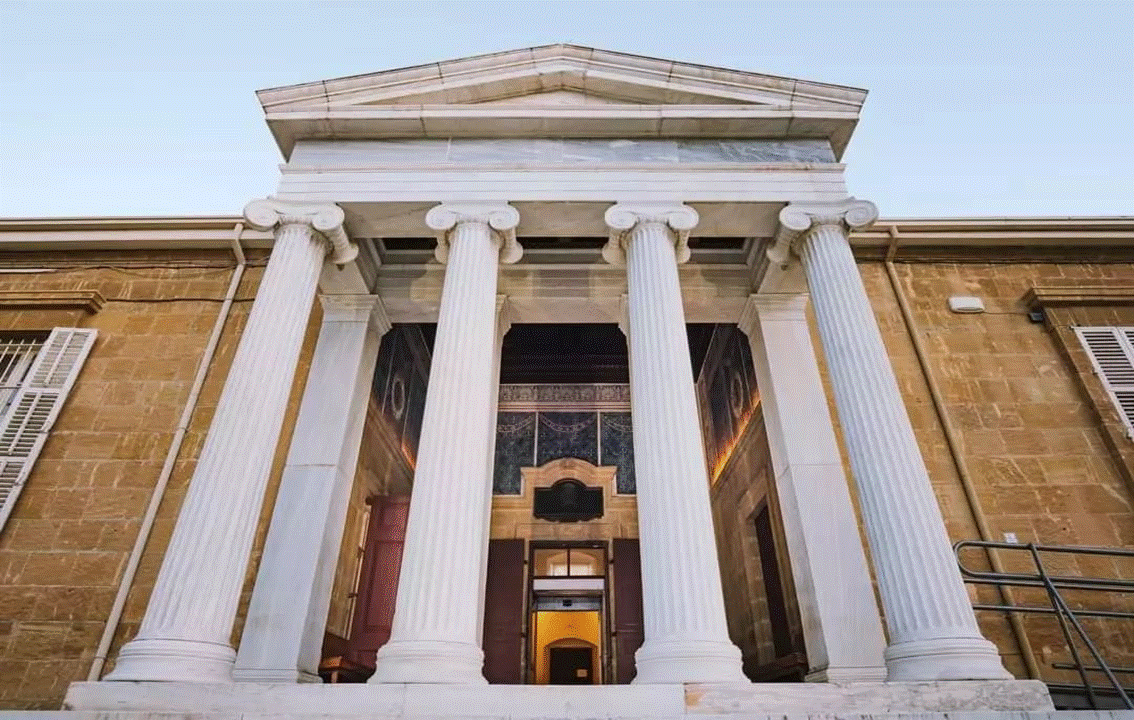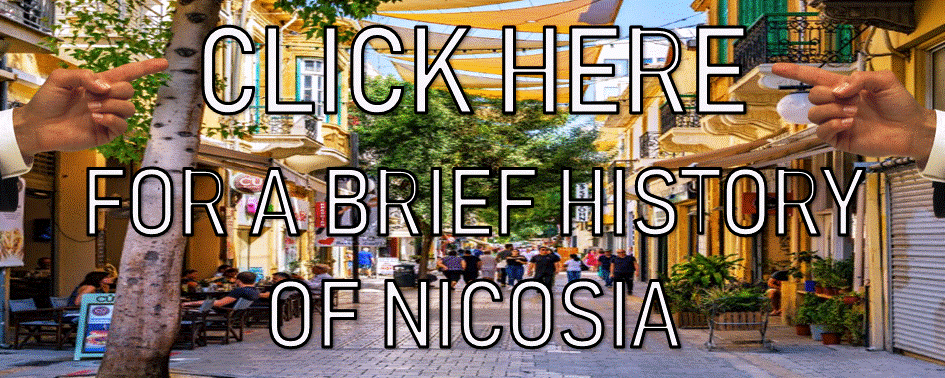A DAY OF HISTORY & CULTURE IN NICOSIA
A TREASURE TROVE OF ANCIENT ARTEFACTS
The Cyprus Museum, located in the heart of the capital city Nicosia, is a treasure trove of ancient artefacts. It provides a fascinating glimpse into the rich history and culture of the people that inhabited Cyprus from the Neolithic period all the way up to the Romans. The museum outlines and brings to life the long history of the civilizations that have called Cyprus their home during these periods. It details both their ancient history and their vivid cultures.

A COLLECTION THAT SPANS THOUSANDS OF YEARS
The museum’s collection spans thousands of years and includes a wide variety of artefacts. these include sculptures, jewellery, tools, and pottery. One of its most prominant artefacts is the famous Aphrodite of Soli, a marble statue of the goddess of love and beauty. This sculpture dates back to the 1st century BC. Rare examples of ancient Cypriot pottery, which are considered some of the finest in the world, are also on display. Every day ancient tools from the past and elegant aged jewellery made from gold and silver are also on display.


CAPTIVATES & INSPIRES
The Cyprus Museum often captivates and inspires all visitors. It often hosts temporary exhibitions and special events throughout the year. These exhibitions cover a wide range of topics, from ancient Greek mythology to the history of Cyprus under Roman rule. These exhibitions provide visitors with a deeper understanding of the island’s rich cultural heritage. The museum also offers a range of educational programs and activities for visitors of all ages. These include guided tours, workshops, and lectures. All programs and exhibits are designed to engage and educate visitors about the history and significance of the artefacts on display. Some are also designed to help inspire a love of archaeology and history in people of all ages.


The museum consists of fourteen rooms surrounding a central square.
Each room contains specific exhibits as follows
Room 1
Contains a rich collection of tools, stone vessels and figurines from the Neolithic period.
Room 2
Contains a rich pottery collection from the early Bronze Age.
Room 3
Contains a rich collection of pottery from the middle Bronze Age to the Roman period.
Room 4
contains a rich collection of clay figurines and statues found around a circular altar in the archaic sanctuary at Ayia Irini.
Room 5
Contains a rich collection of artefacts displaying the strong Egyptian and Assyrian influences on the island from the Classical period.
Room 6
Contains a rich collection of marble and bronze statues from the Hellenistic and Roman periods.
Room 7
Contains a rich collection of artefacts divided into three sections.
Section 1: Contains a rich collection of copper and bronze objects, featuring the wide use of copper for which Cyprus was famous in antiquity.
Section 2: Contains a rich collection of seals and coins, which represent all the mints of the Cypriot kingdoms, as well as the royal mint featuring the Ptolemaic rule on the island.
Section 3: Contains a rich collection of jewellery, silver vessels, glass objects and lamps dating from the Early Bronze Age to Roman times.
Room 8
Contains a rich collection of reconstructed tombs dating back to the 4th century B.C.
Room 9
Contains grave monuments such as carved tombstones, painted clay sarcophagi and limestone sarcophagi decorated with intricate carvings.
Room 10
Contains a retrospection of the evolution of writing in Cyprus.
Room 11
Contains magnificent finds from the royal tombs of Salamis, such as a bed decorated with pieces of ivory and coloured glass, two thrones and a bronze cauldron supported on an iron tripod and decorated with four busts of sirens and eight gryphons.
Room 12
Follows the ancient process of mining and smelting of copper.
Room 13
Contains a rich collection of sculptures that once decorated the gymnasium in Salamis during the Roman period.
Room 14
Contains a rich collection of clay figurines dating from the early Bronze Age until the Roman period. In the centre of the room, the bronze statue of the Roman Emperor Septimius Severus constitutes the main exhibited work of art.
Monday: closed
Tuesday – Friday: 8.00am – 6.00pm
Saturday: 9.00am – 5.00pm
Sunday: 10.00am – 1.00pm
Wheelchair accessible with chair Lift
Bus: Intercity to Nicosia & then L1


